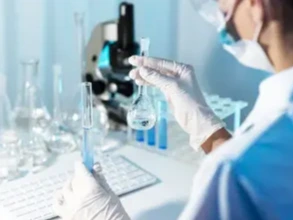Sample preparation is the most crucial step in the analytical procedure designed for implementation in any analytical application (food analysis, bionalysis, forensics, toxicology, environmental monitoring etc). It is the limiting factor in chemical analysis since it is time consuming and it can potentially introduce errors. No one can doubt that the best approach would be the direct introduction of the sample to the instrument; however, this is rarely feasible. Efficient sample pretreatment is inevitably required as the instrument technology has produced highly sophisticated and sensitive analytical equipment. Hence, the analytical scientists have to develop and apply a suitable sample preparation protocol that ensures that the composition of the sample remains unchanged, no impurities are introduced during handling, all interferences have been left back, and the analytes’ concentration is not only at detectable levels, but it can also be quantified precisely and accurately and that the matrix of the sample is compatible with the analytical technique. Extraction techniques are the most powerful tool available to analytical chemists and lab practitioners. Whether sorbent-based or solvent-based, extraction techniques provide the necessary tools to handle the sample in a way that can reveal all the important information. All advantages in instrumentation have been exploited to the fullest and the lifetime of the instrument is prolonged in a seamless operation mode. This entry collection aims to highlight some applications of extraction techniques in sample preparation.
- 1.2K
- 19 Jul 2024
- 942
- 26 Jun 2024
- 1.1K
- 07 Apr 2024
- 1.3K
- 18 Jan 2024
- 2.2K
- 10 Jan 2024
- 1.5K
- 26 Oct 2023
- 1.7K
- 12 Jul 2023
- 2.4K
- 07 Jul 2023
- 1.6K
- 12 May 2023
- 1.4K
- 14 Apr 2023

